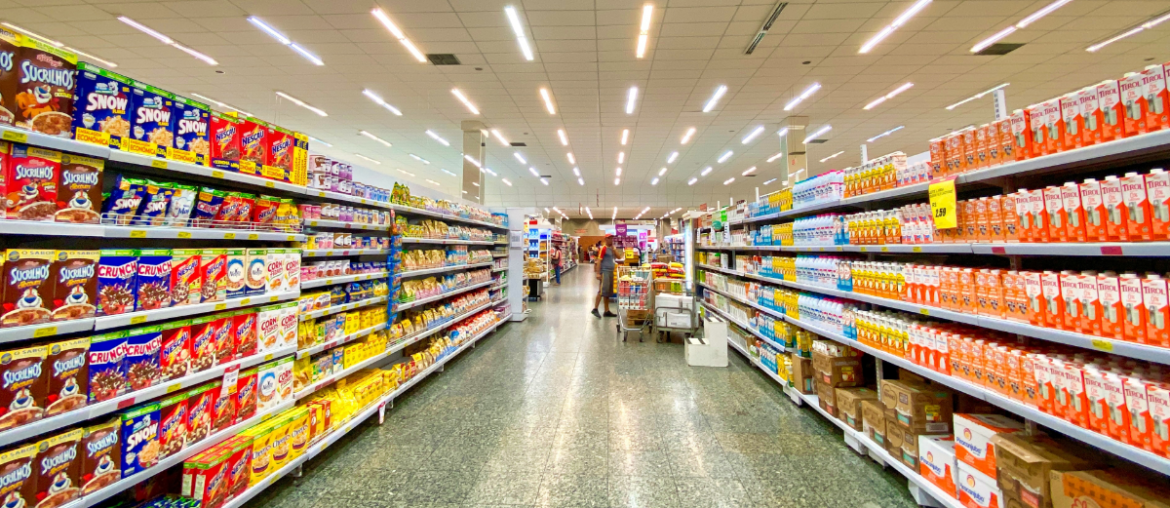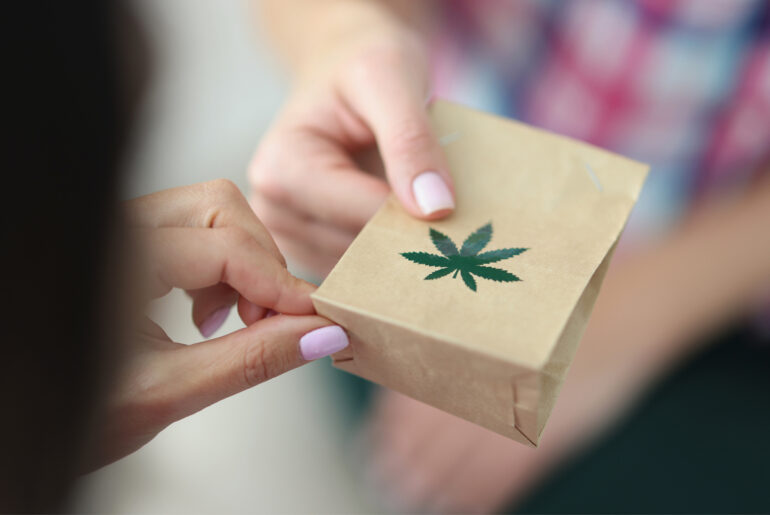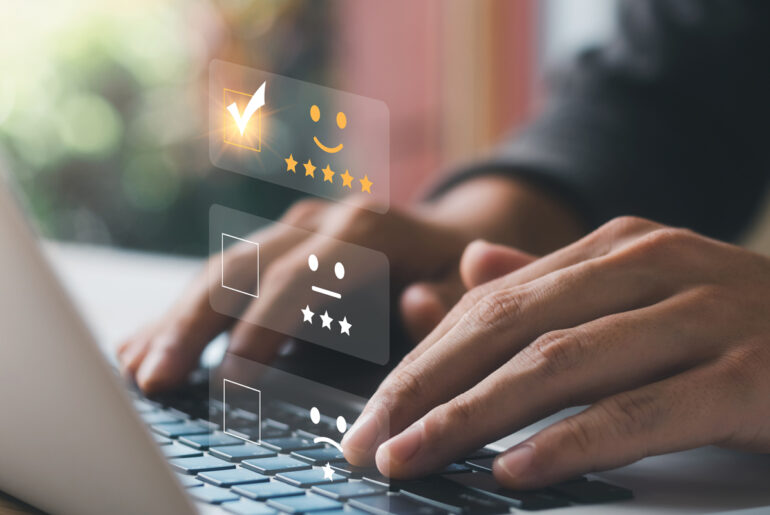The past 20 years have brought the idea of home delivery from the realm of occasional catalog orders to an everyday occurrence for American consumers. The advent of online shopping, a wider range of available products, and faster shipping have encouraged many consumers to opt out of visiting brick-and-mortar stores in favor of placing a quick order for various items they might need around the house. One area where in-person shopping has remained dominant, though, is grocery shopping.
Grocery delivery has been on the rise, with Business Insider citing that the industry’s value doubled between 2016 and 2018. Still, the overall market share of grocery deliveries remained minor compared to traditional grocery shopping. In a recent panel hosted by Home Delivery World ahead of their 2020 conference, host Benjamin Lee, former Head of Logistics and Supply Chain for Sun Basket, noted that deliveries were hovering at around 10% of the overall grocery spend for American shoppers—but is that all about to change?
A Shifting Landscape During COVID-19
The panel, which focused on the impact of COVID-19 on the grocery delivery market, saw Lee joined by Matt Van Gilder, Director of eCommerce for SpartanNash, a Midwest grocery distribution company operating 160 retail locations along with curbside pickup and delivery; Ben Jones, Founder of Skipcart, a white label on-demand delivery driver solution; and Valerie Metzker, Head of Partnerships and Enterprise Sales for Roadie, a nationwide, crowdsourced delivery platform.
To project what we might expect after COVID-19 has passed and we collectively begin a return to normalcy, we first need to fully recognize the impact that COVID-19 has had on grocery delivery. It doesn’t take an industry expert to note that shelter in place orders have inspired many consumers to try grocery delivery for the first time or to place orders more consistently than in the past. But just how drastic has the spike been? Van Gilder notes that it has been significant, with SpartanNash consistently seeing a 4,000% increase in new customers week-over-week during the pandemic.
Roadie has been seeing a drastic increase in new customers as well, with Metzker noting that the pandemic has brought grocery delivery from being a convenience to being an essential service for many individuals. With so many first time users placing grocery delivery orders during the COVID-19 crisis, she anticipates that many will be more comfortable with the process of ordering online and will continue to order even after shelter in place orders and social distancing precautions are lifted. The panel collectively agreed that they would expect 25-50% of consumers to switch to grocery deliveries on a regular basis.
The Challenges of Sudden Growth
Even prior to the advent of COVID-19, many industry experts expected a boom in grocery delivery in the coming years; in early 2019, Forbes cited a study that expected the industry to more than double by 2021. While many grocery stores and distributors likely planned to break into delivery and curbside pickup in the coming years, COVID-19 forced many to accelerate those plans or to be left behind; Jones notes that Kroger’s plan to convert some of its stores to pickup-only locations, known as dark stores, was drastically accelerated to accommodate demand during the pandemic.
The result of this sudden demand for grocery pickup and delivery has been a practical study in the impact of that shift, with different pieces of the delivery machine encountering different stumbling blocks during the sudden ramp in demand. While Jones, Van Gilder, and Metzker agree that the biggest hurdle for the industry as a whole has been suppliers trying to match the demand from grocers and customers, they also note that they’ve encountered unique issues of their own.
Van Gilder points out that for SpartanNash, the largest issue hasn’t been a lack of staff but a lack of resources for pickers (employees who physically retrieve groceries for an order from the store shelves) and drivers to use. Items like external batteries for charging tablets, smartphones, and scanners throughout the day have been in high demand, as the devices are used for everything from accepting jobs and pulling up order-related information to accessing directions and optimized delivery routes. As demand stabilizes, though, he anticipates that companies like his will be able to equip their teams for the long term to eliminate this issue.
Throughout the industry, health concerns for drivers and pickers have been paramount. Customers order groceries to avoid the risks associated with visiting the store, and those who handle the deliveries assume those risks instead. Jones and Metzker both point out that in addition to providing their employees with ample personal protective equipment (PPE), they’ve changed their delivery models to make contact-free delivery the standard rather than a selectable option on the customer’s end. Jones also notes that Skipcart has been batching orders together whenever possible, minimizing person-to-person interactions by helping to reduce the number of trips that pickers need to make to the store.
Looking Ahead to Long Term Changes
While ramping up to meet the increased demand for grocery delivery during COVID-19 has involved its share of challenges to overcome, most of them have been situation-specific and aren’t likely to extend beyond the pandemic. Issues like hiring drivers, for instance, have only been problematic in cases where potential drivers are hesitant to sign up due to pandemic-related concerns; in a post-COVID-19 environment, resources like Roadie are perfectly suited to help suppliers and delivery services like SpartanNash to find drivers as quickly as they need to in order to scale along with the growth of their delivery infrastructure. Grocery delivery software like WorkWave Route Manager is also perfectly suited to help delivery companies fulfill more orders with the same amount of drivers thanks to more efficient routing and processes.
Challenges that are likely to be present in the long term are those which are more indicative of the state of the industry as a whole. Some more rural areas, for instance, are less likely to see an increase in grocery deliveries because the service simply isn’t offered. However, Jones notes that many smaller grocers have seen a surge in customers during COVID-19 due to mainstream supermarkets being unable to keep high demand items in stock.
That isn’t to say that areas where grocery delivery isn’t available won’t be seeing it sooner rather than later, though. Van Gilder noted that he’s seen a drastic uptick in mom and pop grocery stores that are not only eager to get e-commerce up and running, but are looking to do so as quickly as possible. They’ve been working with clients like these to accelerate the process of setting up e-commerce, which typically takes 6-8 weeks, to help these stores provide their customers with curbside pickup and delivery options right away.
The timeline for the grocery delivery boom will likely vary widely depending on population density and the role it plays in when different areas will be allowed to open. We can almost certainly expect a restaurant boom to precede it since, as Van Gilder points out, people will be chomping at the bit to dine out again when they get the chance. When that novelty fades and Americans begin to settle into their new normal, though, a newfound comfort and familiarity with the grocery ordering and delivery process is sure to result in a drastic increase in how many Americans begin placing grocery orders on a routine basis.




